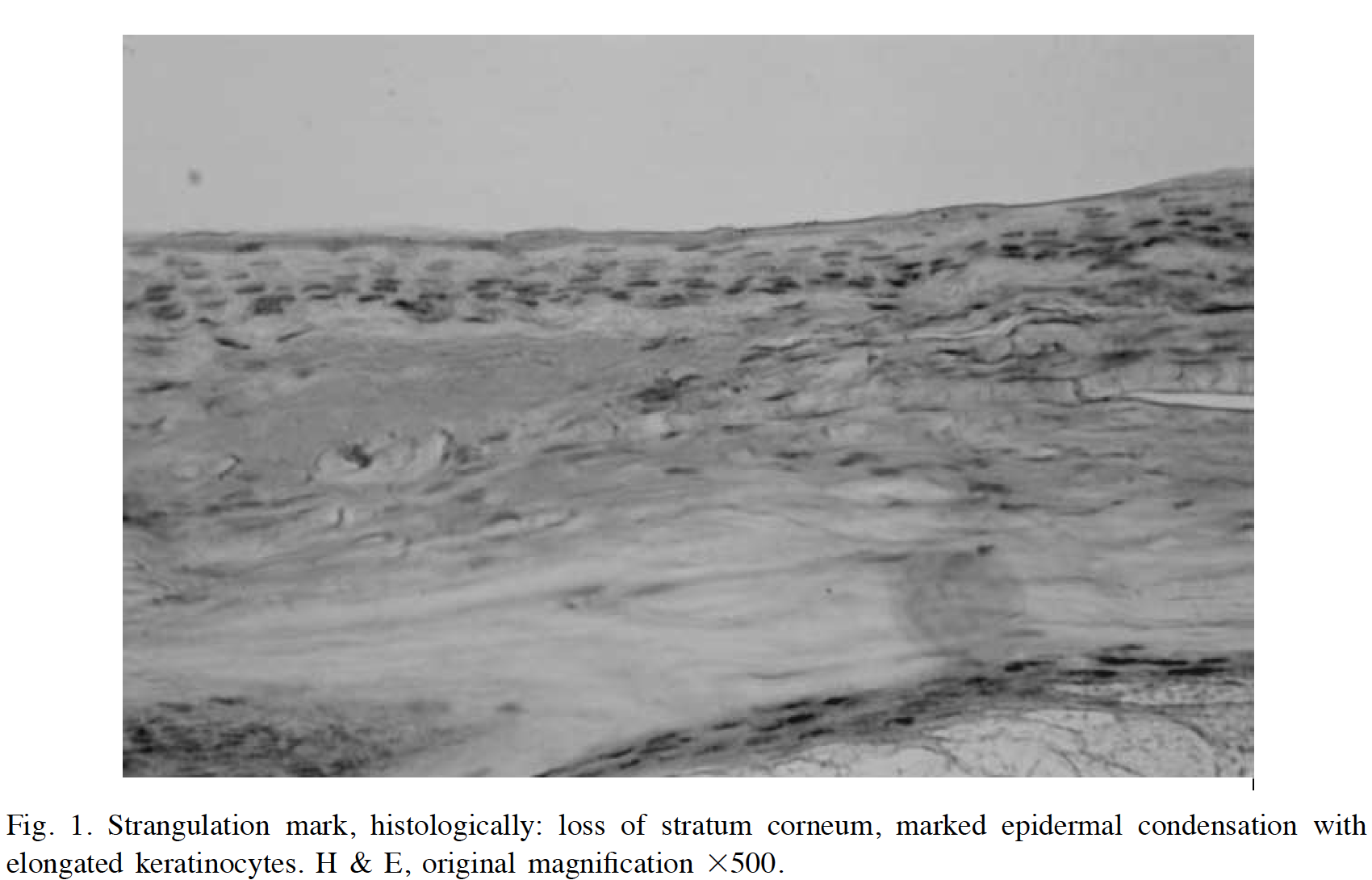DNA-Labor in Vietnam
Read MoreY-chromosomal short tandem repeat haplotypes at the loci DYS393, DYS19, DYS392, and DYS385-I/II, DYS390, DYS389-I/II, and DYS391 in a Filipino population sample
Source: J Forensic Sci (2001) 46(5): 1250–3.
Miranda JJ, Benecke M, Hidding M, Schmitt C
The article as .pdf
Population: Male population sample (n = 106) from the Metro Manila area (largest urban center in the Philippines).
Keywords: forensic science, forensic DNA typing, short tandem repeat (STR), Y chromosome, genetic fingerprint, Philippines
Whole blood samples were obtained from 106 unrelated male individuals living in Metro Manila, Philippines, through the Department of Health, Manila. DNA was extracted by isopropanol fractionation-sodium iodide precipitation (4) and quantified by spectrophotometry. Nine Y-chromosomal short tandem repeats (STR’s) were analyzed from a population sample of 106 unrelated males by means of a quadruplex PCR (DYS393, DYS19, DYS392, DYS385-I/II) and a triplex PCR (DYS390, DYS389-I/II, and DYS391).
Primers were Cy5-labeled, and based on sequences described by Kayser et al. (1). PCR products were separated on ReproGel™ High Resolution polyacrylamide gels, and laser-detected by an ALFexpress sequencer (Amersham Pharmacia Biotech). Allelic ladders, and nomenclature were standardized against allelic ladders from P. de Knijff (Leiden), L. Roewer (Berlin), J. Edelmann (Leipzig), and P. Schneider (Mainz).
Discrimination capacity for the nine-loci system was 83%. Gene diversity was calculated following Kayser et al. (3). Frequencies of the individual alleles are shown in Table 2. Haplotype data (88 distinct haplotypes, 75 of which were unique) are given in Table 1. Gene diversity values ranged between 0.37 for DYS91 and 0.94 for DYS385, which is similar to frequences reported elsewhere (2,3).
Acknowledgments
The authors wish to acknowledge the assistance of Rubigilda Paraguison and Edith Tria in the collection and preparation of the samples. Dr. Miranda was supported by a fellowship of the Deutscher Akademischer Austauschdienst (DAAD, German Academic Exchange Service), Federal Republic of Germany.
References
1. Kayser M, Caglia A, Corach D, Fretwell N, Gehrig C, Graziosi G, et al. Evaluation of the Y-chromosomal STRs: a multicenter study. Int J Legal Med 1997;110:125–33.
2. Pestoni C, Cal ML, Lareu MV, Rodriguez-Calvo, Carracedo A. Y chromosome STR haplotypes: genetic and sequencing data of the Galician population (NW Spain). Int J Legal Med 1998;112:15–21.
3. Rossi E, Rolf B, Schürenkamp M, Brinkmann B. Y-chromosome STR haplotypes in an Italian population sample. Int J Legal Med 1998;112: 78–81.
4. Wang L, Hirayasu K, Ishizawa M, Kobayashi Y. Purification of genomic DNA from human whole blood by isopropanol fractionation with concentrated NaI and SDS. Nucleic Acids Res 1994;22:1774 –5.






